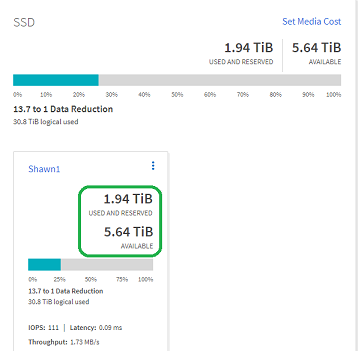Assessing physical storage requirements
Before provisioning S3 storage for clients, you must ensure that there is sufficient space in existing aggregates for the new object store. If there is not, you can add disks to existing aggregates or create new aggregates of the desired type.
When you create an S3 bucket in an S3-enabled SVM, a FlexGroup volume is automatically created to support the bucket. You can let ONTAP select the underlying aggregates and FlexGroup components automatically (the default) or you can select the underlying aggregates and FlexGroup components yourself.
If you decide to specify the aggregates and FlexGroup components – for example, if you have specific performance requirements for the underlying disks – you should make sure that your aggregate configuration conforms to best practice guidelines for provisioning a FlexGroup volume.
You can use the ONTAP S3 server to create a local FabricPool capacity tier; that is, in the same cluster as the performance tier. This can be useful, for example, if you have SSD disks attached to one HA pair and you want to tier cold data to HDD disks in another HA pair. In this use case, the S3 server and the bucket containing the local capacity tier should therefore be in a different HA pair than the performance tier. Local tiering is not supported on two-node clusters. We will not be covering this mode for enabling ONTAP S3 in this guide.
